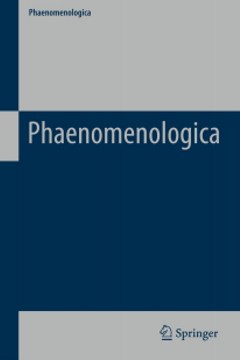Repository | Book | Chapter

(2010) Philosophy, phenomenology, sciences, Dordrecht, Springer.
Tamino's eyes, Pamina's gaze
Husserl's phenomenology of image-consciousness refashioned
Nicolas de Warren
pp. 303-332
Some of the earliest evidence of human existence takes the form of images painted on the walls of caves, engraved on the face of rocks and etched on artifacts of stone, wood or bone. These images are the makings of intelligence made visible, the accomplishment of artistic technique, the feat of social organization and, not least of all, the manifestation of an aesthetic sensibility. Their sophistication is, however, inseparable from a distinct form of consciousness—image-consciousness—present in these images; the presence of an image testifies to the presence of consciousness, the consciousness of a distance within sensible appearance required for the making and beholding of an image, in which something—a bison, a shaman, a bird—appears in another appearance, the support of a cave wall or exposed face of a rock.
Publication details
DOI: 10.1007/978-94-007-0071-0_12
Full citation:
de Warren, N. (2010)., Tamino's eyes, Pamina's gaze: Husserl's phenomenology of image-consciousness refashioned, in C. Ierna, H. Jacobs & F. Mattens (eds.), Philosophy, phenomenology, sciences, Dordrecht, Springer, pp. 303-332.
This document is unfortunately not available for download at the moment.



